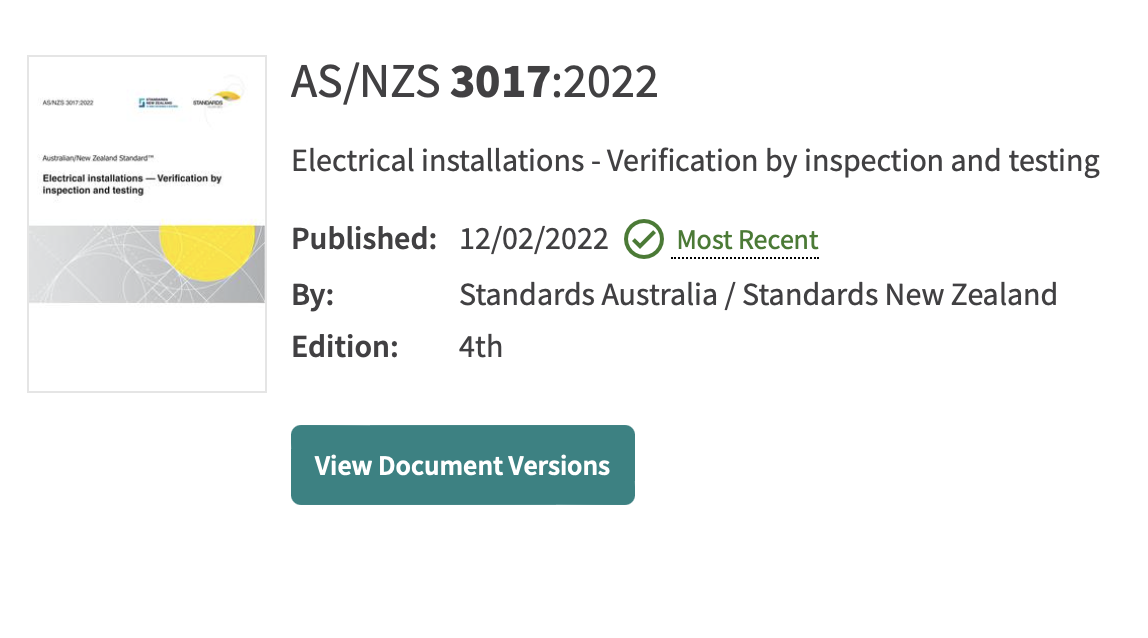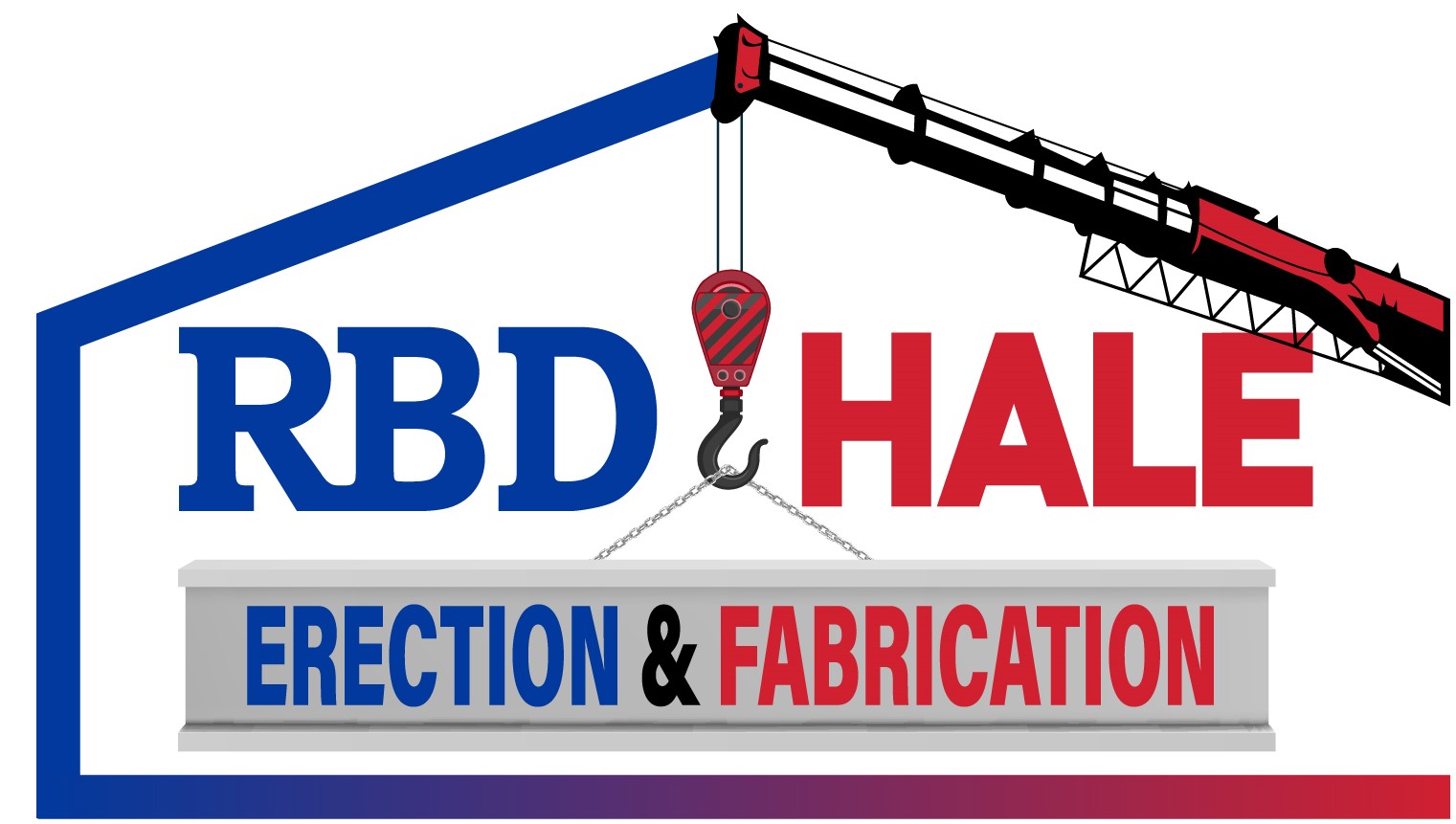Title Page
-
Site conducted
-
Conducted on
-
Prepared by
-
Location
-
Job#
-
Customer Name
Test for Dead, Isolate, Lock & Tag
-
Assume all conductors may be energised until proven de-energized (earth, neutral)
-
Test known live, test circuit, test known live
-
Check for alternate supplies (batteries, solar, generators)
-
Check for multiple switching paths
-
Lock out Circuit, Tag with "Do not Operate" / "Name and Number" of operator
Test Sheet
-
Tafe Test Sheet
-
Complete test sheets for all verification and testing completed
-
Installation Commissioning - Test Sheets for full installation testing - from AS NZ 3017
-
Installation Commissioning - testing completed against AS NZ 3017
Visual
-
General: Basic protection Fault protection Hazardous parts protection Fire spread protection Equipment condition
-
Consumers Mains: Cable core identification Current carrying capacity Voltage drop Underground conditions Aerial conditions Wiring connection External influence protection
-
Switchboards: Accessible location Protective devices Isolating devices Connecting devices Wiring and switchgear Equipment identification External influence protection
-
Wiring Systems: Conductor size Cable core identification Support and fixing Connections and enclosures Installation conditions Segregation from other services External influence protection
-
Electrical Equipment: Mechanical movement protection Thermal effects protection Particular equipment switching Installation conditions Standard compliance Connection, support, fixing External influence protection Instruction manuals availability
-
Earthing: MEN connection Earth electrode Earthing conductors Equipotential bonding conductors Connections, joints, terminations External influence protection Connection to other systems Additional equipment earthing Supplementary bonding
Continuity (Earth)
-
Main earthing conductor (<= .5 Ohms); disconnect main earth at Earth Bar
-
Protective earthing conductor and neutral (PEN) (resistance should be low enough to operate PD)
-
Equipotential bonding (<= .5 Ohms); disconnect MEN; measure metal pipes, reinforcing steel in building concrete, solar pv, pool etc.
Insulation Resistance
-
Test for Dead, Isolate, Lock & Tag
-
Shorter polymeric insulated cables: >1 MΩ, e.g. 50 MΩ for 50m.<br>Resistance varies with material, length, temperature.<br>PVC insulated cables (50m): 20 MΩ at 20°C, 6 MΩ at 30°C.<br>XLPE insulated cables (50m): 1500 MΩ.
-
Remember that all switch positions should be tested (2-way, intermediate, changeover); equipment on the circuit should be disconnected and tested separately; may need to remove surge protection
-
Instructions: Insulation Resistance Test Consumer Mains where Supply NOT Connected
-
Instructions: Insulation Resistance Test Final Sub-Circuits
-
A-A (3P), A-E, N-E > 1M Ohm at 500V DC for LV circuits;
-
All live conductive parts and earthed parts of equipment > 1M Ohm at 500V DC for LV circuits;
-
Sheathed heating elements >=0.01 M Ohms
Correct Wiring and Polarity
-
Consumer Mains (No Supply connected) - looking for approx 0 Ohm reading between A at POS and A line side of Main Switch; and approx 0 Ohm reading between N at POS and Neutral Bar.
-
Polarity test of submains with earthing conductor: (No MEN at DB; no long trailing lead needed): for Active: isolate PD at MSB; Disconnect sub-main Neutral and Sub-main earth at DB. Measure between earth bar and neutral bar at DB. Should get 0 Ohms (via MEN at MSB); then test Earth Bar at DB to Line side of main PD of switch at DB. Should get infinite Ohms.
-
Instructions - Polarity test of sub-mains (no MEN at DB)
-
Switch - (circuit isolated): test load side of PD switch to terminals of remote control switch (e.g. switch mech for light). Also test E-N (0 Ohms) and A-N (infinite Ohms) at lamp holder
-
Instructions - Polarity test of Switch
-
Polarity test - Energised sub-mains no MEN (Identify PD first, test different if MEN or PE at/to Sub-board)
-
Instructions - Polarity test - energised Submains - (no MEN)
-
Preparation for Polarity test - Energised sub-mains with or without MEN (Identify PD first)
-
Instructions - Polarity test - Energised sub-mains with MEN
-
Instructions - Polarity test - Energised sub-mains without MEN - PE conductor
-
Switches and Socket outlets - energised
-
Lighting points
-
Switches and Socket outlets - see page 39 (3017)
-
Appliance circuits - see page 40 (3017)
-
Interconnection test btwn different circuits - page 41 (3017)
-
Test of Phase Sequence - multiphase socket outlet - p 43 (3017)
Earth Fault Loop Impedance
-
EFLI testing not specifically required for circuits supplying equipment other than socket outlets because of the risk of electric shock - 4.8.2.3 (AS/NZ 3017:2022)
-
Test furthest power point on each circuit
-
Values of FLI back to TX
-
Values of FLI final subcircuit
-
Measuring FLI final subcircuit
Operation of RCDs
-
Carry out Earth Continuity tests first
-
Test to confirm correct connection of RCD to supply
-
Instructions - Test to confirm correct connection of RCD to supply
-
Test to confirm RCD disconnects active conductors using integral test button
-
Instructions - Test to confirm RCD disconnects active conductors using integral test button
-
Instructions - Test to confirm RCD disconnects active conductors using RCD tester (plug connection into socket outlet)
-
FYI - Testing integrity of incoming Neutral
-
Voltage of 6V or less on Neutral ok
-
Current on A and N measured independently should be substantially the same
-
Tests for high resistance Neutral Tests 1-3. Fig 4.33(a)-(b)













